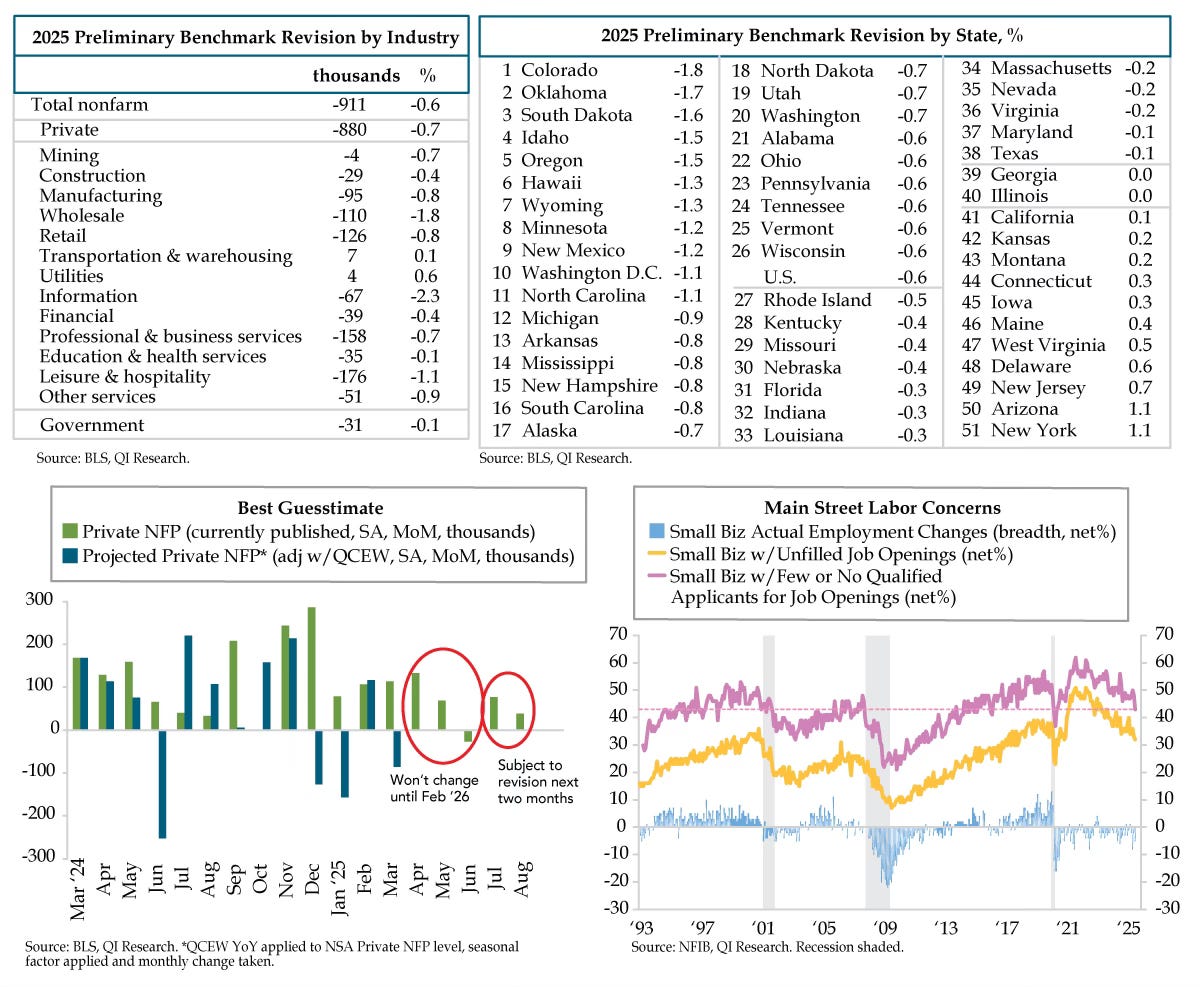The idea for a universal emergency number in the U.S. emerged in the mid-20th century, driven by the need to simplify a confusing system of unique phone numbers for police, fire and medical services. In 1967, the President's Commission on Law Enforcement and Administration of Justice recommended a single, national number. The Federal Communications Commission (FCC) and AT&T worked together to designate a number that was easy to remember for people of all ages and was unused as an area code or exchange (i.e., the second three digits in a ten-digit phone number). They chose 9-1-1. The first 911 call on February 16, 1968, was a symbolic demonstration between Alabama Speaker of the House Rankin Fite and U.S. Representative Tom Bevill, consisting of greetings rather than a real emergency. Fite called Bevill from the Haleyville Town Hall, and Bevill answered from the local police station. The call demonstrated the functionality of the 911 concept – it was possible for people to reach emergency services quickly. But for the local Alabama Telephone Company, it forever gave them bragging rights for implementing the system.
Yesterday, the Bureau of Labor Statistics (BLS) dialed 911 for its preliminary benchmark revision. Over the twelve months ended March 2025, the estimate should lower total nonfarm payroll employment (NFP) to the tune of 911,000 (see table). At -880,000, the record downward adjustment was centered in the private sector, while Government was lowered by a notable 31,000. The industry breakdown was decidedly cyclical.


